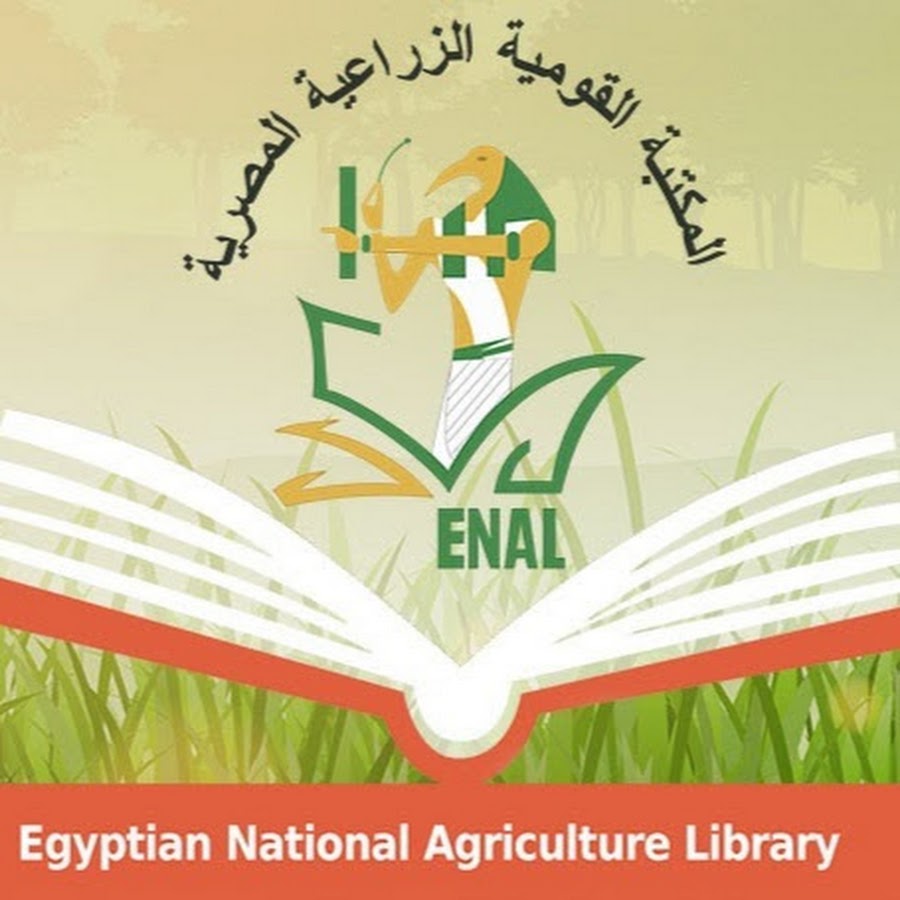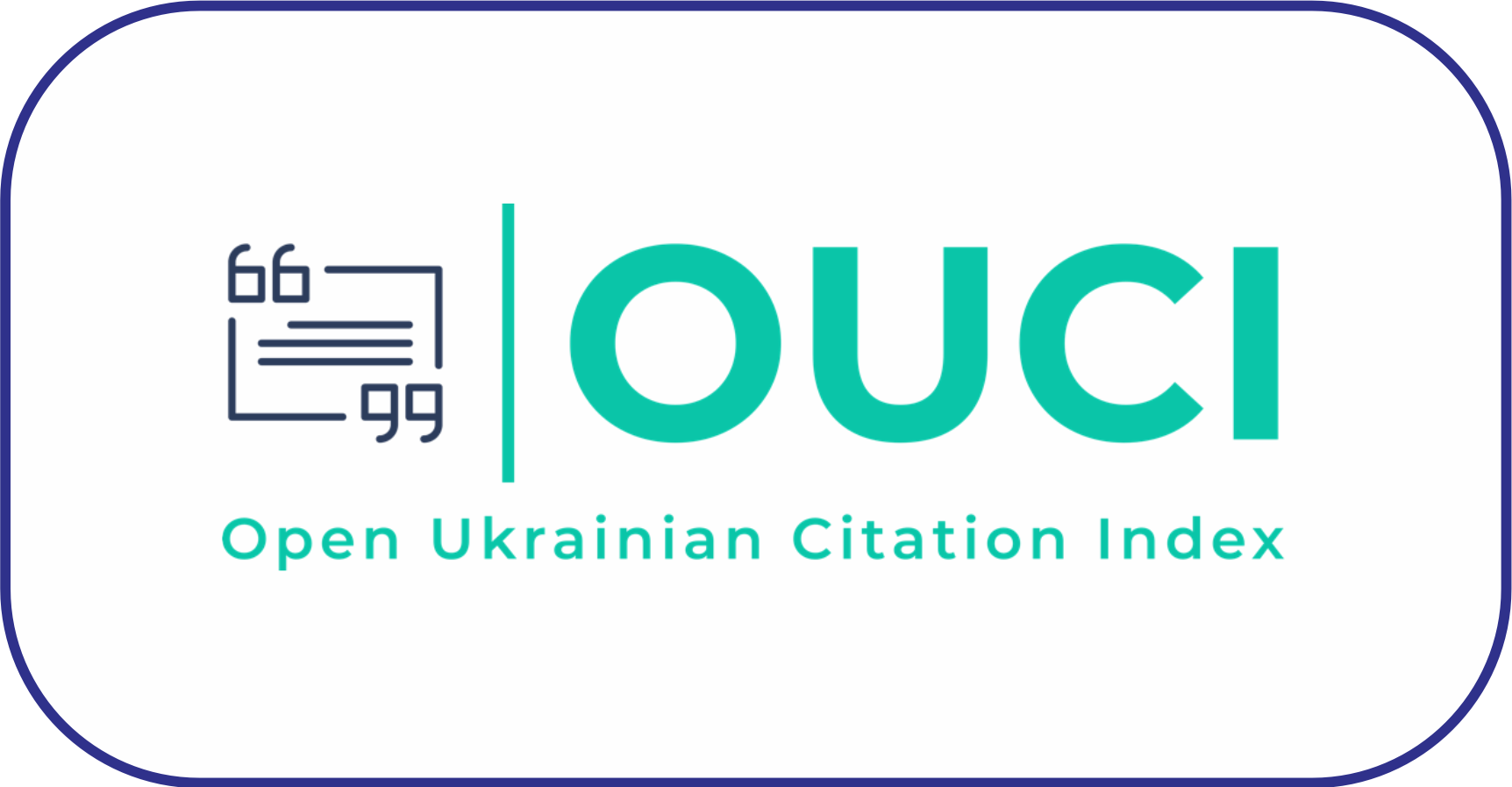ISSN: 3079-174X

About the Journal
Advances in Agriculture and Biology (ISSN: 3079-174X) is an interdisciplinary, open access, online-only, and a biannual publication. It is a double-blind peer-reviewed journal where the identities of both the authors and the reviewers are kept confidential. This means that when authors submit their manuscripts for publication, the editors ensure that the reviewers evaluating the paper do not know the identity of the authors, and vice versa. The goal is to reduce bias and potential conflicts of interest in the review process, thus maintaining the integrity and objectivity of the peer-review system. To facilitate this, authors need to ensure that their manuscripts are prepared in a way that does not give away their identity. It is committed to publishing original research, critical reviews, mini-reviews, and short communications reporting experimental, applied, and descriptive work in all aspects of agriculture and biology. The journal aims to serve the research community by providing a platform for researchers to publish innovative and quality research in both fundamental and applied agricultural and biological studies.


























